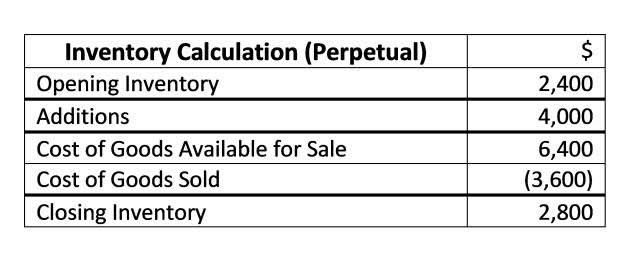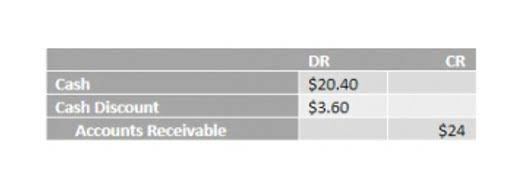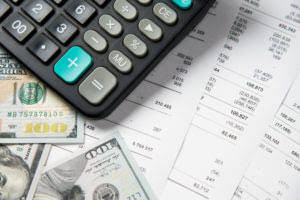Public company financial filings are found on the SEC’s EDGAR website. Several factors can cause a company’s number of outstanding shares to rise or fall, with one of the most common being stock splits. If there is a difference between the number of shares issued and outstanding, the difference is treasury stock.
How we make money
Outstanding shares refer to the total number of company stocks currently issued and held by its stockholders. The company’s outstanding shares remain in circulation, as the company has neither repurchased, retired, nor removed them from the market. While shares outstanding account for company stock that includes restricted shares and blocks of institutional shares, floating stock specifically refers to shares that are available for trading. Floating stock is calculated by taking outstanding shares and subtracting restricted shares. Restricted stock are shares that are owned by company insiders, employees and key shareholders that are under temporary restriction, and therefore cannot be traded.
Outstanding Shares and Market Capitalization
- While outstanding shares are a determinant of a stock’s liquidity, the latter is largely dependent on its share float.
- On the other hand, outstanding shares refer to the total number of issued and owned shares of a company, excluding treasury shares.
- The shares become outstanding and can be traded on the open market when sold.
- Changes in shares outstanding over time also reveal how valuable shares are as a stake of ownership in the company, as the number of shares available directly affects this.
- Investors investing in Alphabet shares should carefully assess the features of each class of share and consider their personal investment goals and risk tolerance before making an investment decision.
When this takes place, a company’s outstanding shares increase, and a higher degree of liquidity results. By contrast, a reverse stock split occurs when a company seeks to elevate its share price. Often, a company does this to meet listing requirements, which often require a minimum share price. Of course, merely increasing the number of outstanding shares is no guarantee of success; the company has to deliver consistent earnings growth as well. A company’s outstanding shares may change over time because of several reasons.
How are weighted average shares outstanding different than basic shares outstanding?
Our work has been directly cited by organizations including Entrepreneur, Business Insider, Investopedia, Forbes, CNBC, and many others. Therefore, the shares outstanding after that date (and retired on 1 September) are not the same as those that existed prior to that date. Before grouping the shares, they all must be converted to the same type. Thus, the situation during the year was equivalent to having 111,000 shares outstanding throughout the year. Group 2 consists of the 8,000 shares outstanding shares calculator outstanding from 1 April to the end of the year and group 3 is the 12,000 shares outstanding from 1 April to 31 August.
- Outstanding shares are a significant aspect of calculating the market capitalization of a company.
- The importance of outstanding shares stems from their ability to give information about a company’s financial situation and potential.
- Outstanding shares decrease if the company buys back its shares under a share repurchase program.
- By calculating a company’s weighted average number of outstanding shares, we can get a more accurate picture of its earnings.
- The shares can be grouped according to the length of time that they were outstanding.
- Outstanding shares refer to the total number of shares of a company’s stock that are currently owned by shareholders.
Once you’ve located the company’s balance sheet, find the line item for preferred stock. The company can increase or decrease the number of shares outstanding by issuing new shares or via share repurchases (buybacks). Another metric calculated using shares outstanding is the price-to-book (P/B) ratio. Changes in shares outstanding over time also reveal how valuable shares are as a stake of ownership in the company, as the number of shares available directly affects this. A recent example of a reverse stock split is General Electric’s (GE) 1-for-8 reverse stock split during the summer of 2021. The shares available to investors on the open market are commonly called the float.
Outstanding shares refer to the total number of shares of a company’s stock that are currently owned by shareholders. This metric is crucial for investors as it impacts the calculation of earnings per share (EPS) and the company’s market capitalization. The Outstanding Shares Calculator simplifies the process of determining the number of shares currently available in the market by accounting for issued shares and treasury shares.
These shares are sold in an initial public offering (IPO) or later secondary offers. The shares become outstanding and can be traded on the open market when sold. Weighted average shares outstanding https://www.bookstime.com/ is the process of weighting every number of common stock to reflect how much time they were in effect.
The shares that are available for public trading are called the company’s stock float. While the number of outstanding shares and the public float may be the same, they don’t have to be, such as in the case of one company owning the shares of another company with no plans to sell them. The number of shares outstanding consists of shares held by institutions, restricted shares held by company insiders, and shares available for investors to buy Certified Public Accountant and sell on the open market. The number of outstanding shares is calculated by subtracting treasury stock from the shares issued.
How to Calculate the Weighted Average of Outstanding Shares
- A company issues outstanding shares when it decides to raise funds by selling ownership in the company to investors.
- There are two categories of outstanding shares, common and preferred shares.
- They stand for the ownership stake in the company offered for sale on the public market and can be bought and sold at any time.
- The number of shares of common stock outstanding is a metric that tells us how many shares of a company are currently owned by investors.
- Information is also available in the footnotes to the financial statements and the management’s discussion and analysis (MD&A) part of the filings.
- Outstanding shares refer to the total number of shares issued and currently held by shareholders.
The company can sell treasury shares back into the market if it needs cash or if it wants to make a profit by selling them for more than it paid. It includes shares held by insiders, institutions, regular investors, and the shares that get freely traded each day. But shares outstanding can tell you important information about the number of shares that a company can possibly sell into the market. That’s why it’s important to know the difference and what’s included in these numbers.





